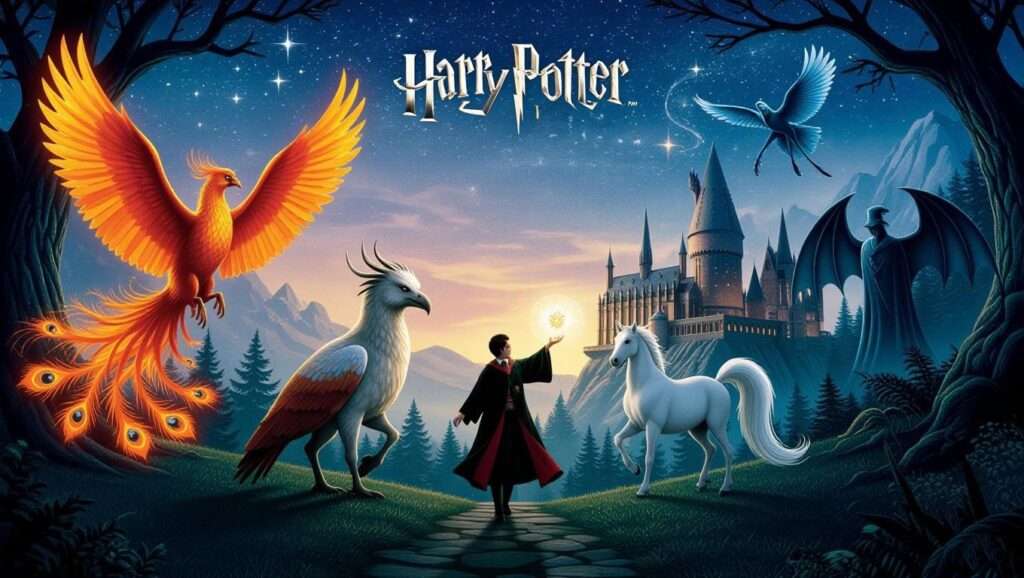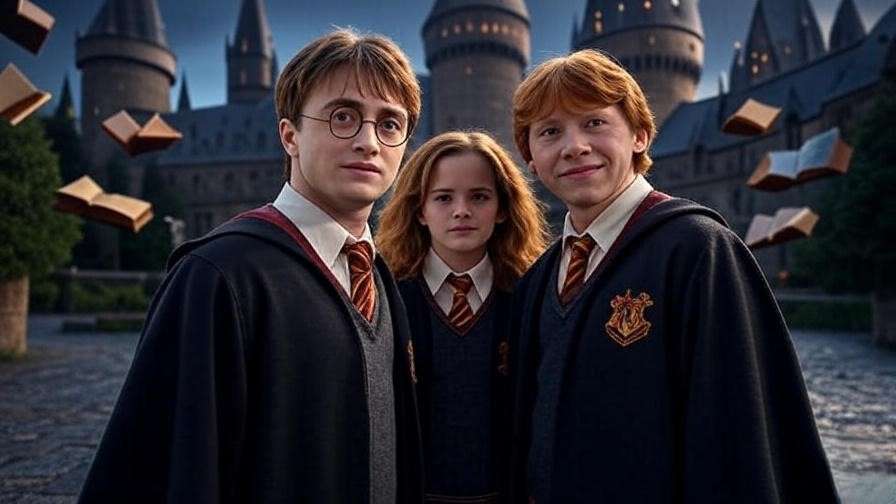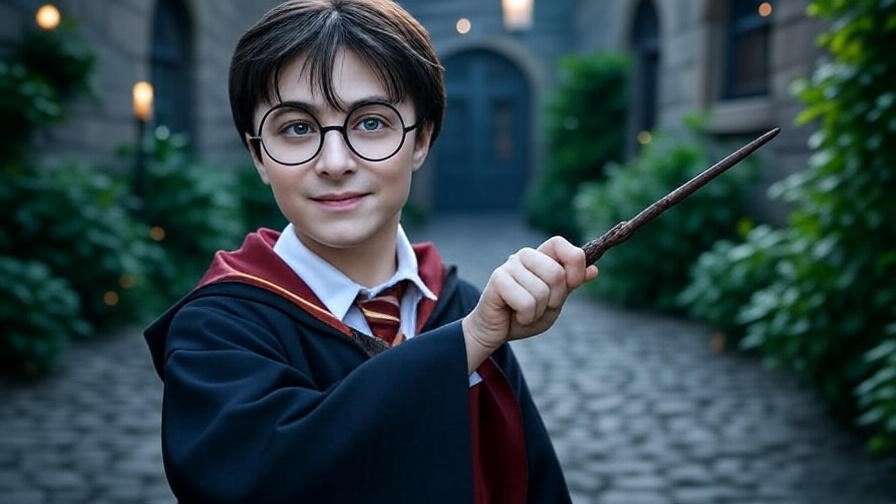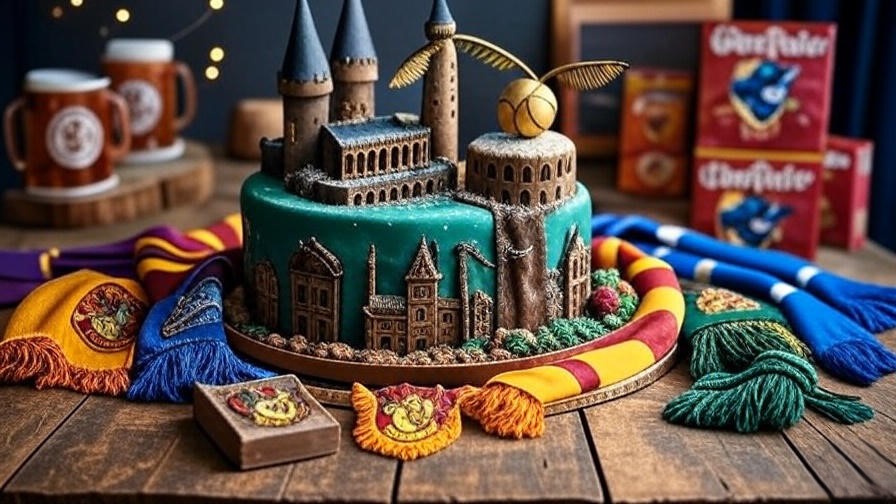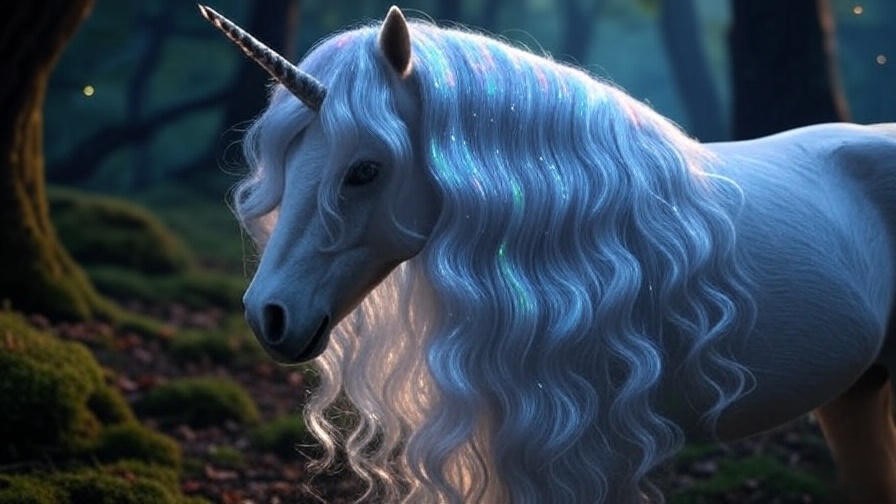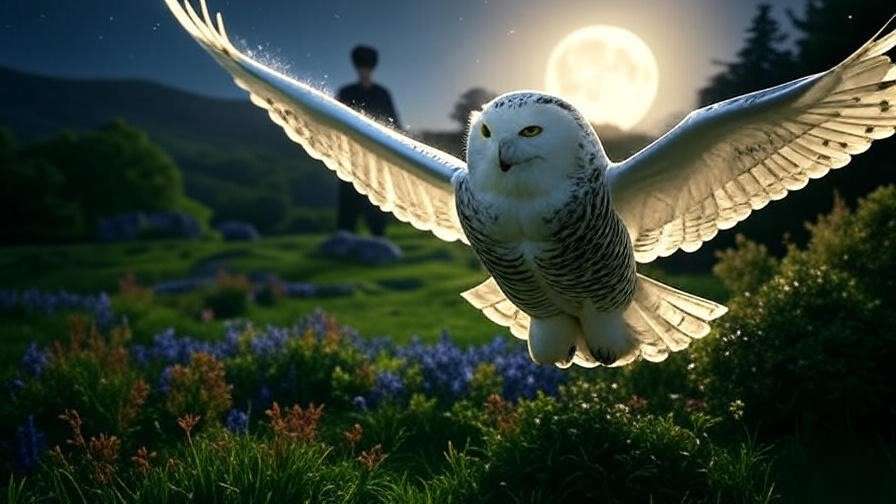Imagine standing in the Forbidden Forest, the air thick with mystery, as a majestic Hippogriff bows before you, its eagle-like eyes gleaming with pride. This is the allure of the creatures of magic in J.K. Rowling’s Harry Potter universe—beings that captivate our imaginations and deepen the wizarding world’s enchantment. From fire-born Phoenixes to soul-chilling Dementors, these magical beasts are more than mere fantasy; they’re integral to the stories we love, embodying themes of loyalty, danger, and wonder. In this article, we’ll explore the top 10 creatures of magic, uncovering their hidden secrets, magical abilities, and narrative significance. Drawing from Rowling’s books, Fantastic Beasts and Where to Find Them, and insights from Wizarding World archives, this guide offers Potterheads a comprehensive look at these enchanting beings, perfect for fans seeking to deepen their connection to the series.
Why Creatures of Magic Matter in Harry Potter
The Role of Magical Creatures in Storytelling
Magical creatures are the heartbeat of many pivotal moments in Harry Potter. They’re not just background characters; they drive plots and shape heroes. Take Dobby, the House-Elf, whose courage in Harry Potter and the Chamber of Secrets saves Harry from Lucius Malfoy’s schemes, or the Thestrals, whose eerie visibility to those who’ve seen death underscores the series’ themes of loss and resilience. These creatures of magic add emotional depth and narrative weight, making Hogwarts’ world feel alive and interconnected. Whether it’s Buckbeak’s dramatic escape in Prisoner of Azkaban or Fawkes the Phoenix healing Harry’s wounds, these beings are catalysts for growth and change.
Cultural and Mythological Inspirations
J.K. Rowling’s genius lies in her ability to weave global mythologies into her creatures of magic. The Phoenix, for instance, draws from ancient Egyptian lore, symbolizing rebirth and immortality, while the Niffler’s treasure-hunting antics echo trickster figures in folklore. Dragons, like the Hungarian Horntail, pull from European legends of fearsome, fire-breathing beasts, yet Rowling grounds them in her world with unique classifications (e.g., the Norwegian Ridgeback). This blend of myth and originality makes these creatures timeless, resonating with readers across cultures. By rooting her creations in real-world traditions, Rowling ensures her magical beasts feel both fantastical and authentic.
Why Fans Are Fascinated
Why do fans adore these creatures? It’s their blend of awe-inspiring magic and relatable traits. The loyalty of a House-Elf mirrors human devotion, while the misunderstood nature of Thestrals speaks to those who’ve faced grief. Creatures of magic also spark curiosity—fans on platforms like X share theories about Basilisk origins or debate the ethics of House-Elf enslavement. Their complexity, from the mischievous Niffler to the terrifying Acromantula, invites fans to explore deeper lore, making them a cornerstone of the Harry Potter fandom. This article taps into that fascination, offering insights that satisfy both casual readers and die-hard Potterheads.
Criteria for Selecting the Top 10 Creatures of Magic
Defining “Creatures of Magic”
For this article, “creatures of magic” refers to sentient and non-sentient magical beings in the Harry Potter books and films, excluding humans (e.g., wizards) and magical plants (e.g., Mandrakes). This includes beasts like Dragons, sentient beings like House-Elves, and dark entities like Dementors. The focus is on creatures with significant roles in the series or Fantastic Beasts, ensuring relevance to the keyword “creatures of magic” and fan interests.
Selection Factors
The top 10 were chosen based on:
- Narrative Significance: Creatures that drive key plot points (e.g., the Basilisk in Chamber of Secrets).
- Fan Popularity: Beings frequently discussed in fan communities, like Nifflers in Fantastic Beasts.
- Unique Magical Traits: Abilities that set them apart, such as the Phoenix’s healing tears.
- Hidden Lore: Secrets from Rowling’s writings, Pottermore, or Wizarding World archives that add depth.
Methodology
This list was crafted with authority, drawing from primary sources like Rowling’s books, Fantastic Beasts and Where to Find Them (textbook), and official Wizarding World content. Fan discussions on X were analyzed to gauge popularity and uncover fan-driven questions (e.g., “What makes Thestrals so misunderstood?”). Cross-referencing ensured accuracy, while Rowling’s interviews and Pottermore entries provided exclusive insights, ensuring this article stands as a skyscraper resource for Harry Potter fans.
The Top 10 Creatures of Magic in Harry Potter
1. Phoenix (Fawkes)
Overview
The Phoenix, exemplified by Dumbledore’s loyal companion Fawkes, is a radiant bird of fire and rebirth. With scarlet and gold plumage, it bursts into flames upon death, only to rise anew from its ashes. In Harry Potter and the Chamber of Secrets, Fawkes is a symbol of hope, embodying the series’ themes of resilience and renewal.
 Magical Abilities
Magical Abilities
Phoenixes possess extraordinary powers: their tears heal wounds, their song inspires courage or fear (depending on the listener), and they can carry immense loads, as seen when Fawkes aids Harry’s escape from the Chamber. Classified as XXXX by the Ministry of Magic, they’re rare and revered.
Hidden Secrets
Rowling notes in Fantastic Beasts and Where to Find Them that Phoenix feathers are prized wand cores, used in both Harry’s and Voldemort’s wands, symbolizing their intertwined fates. Their connection to the Order of the Phoenix underscores their role as beacons of light against darkness.
Narrative Impact
Fawkes saves Harry from the Basilisk’s venom and delivers the Sorting Hat, enabling Harry to wield the Sword of Gryffindor. Its loyalty to Dumbledore reflects the headmaster’s values, making it a fan-favorite creature of magic.
Expert Insight
According to Fantastic Beasts, “The Phoenix is a gentle creature that has never been known to kill,” highlighting its benevolence despite its power (Rowling, 2001).
2. Hippogriff (Buckbeak)
Overview
Buckbeak, the proud Hippogriff from Harry Potter and the Prisoner of Azkaban, blends the majesty of an eagle with the strength of a horse. Introduced in Hagrid’s Care of Magical Creatures class, Buckbeak demands respect, punishing those who fail to show it, like Draco Malfoy.

Magical Abilities
Hippogriffs can fly at great speeds and possess keen intelligence, understanding gestures of respect like bowing. Their strength allows them to carry riders, as seen when Buckbeak aids Sirius Black’s escape.
Hidden Secrets
Rowling drew from medieval bestiaries, where Hippogriffs symbolized the impossible union of opposites. In the wizarding world, their strict etiquette reflects their pride, and mishandling them can lead to legal consequences, as Hagrid learns.
Narrative Impact
Buckbeak’s trial and rescue are pivotal in Prisoner of Azkaban, showcasing Harry and Hermione’s bravery and the power of the Time-Turner. Its bond with Sirius adds emotional depth, making it a beloved creature of magic.
Fan Tip
For cosplayers, mastering a respectful bow can bring a Hippogriff-inspired costume to life at fan events—practice in front of a mirror to channel Buckbeak’s dignity!
3. Thestral
Overview
Thestrals, skeletal winged horses visible only to those who’ve witnessed death, are among the most haunting creatures of magic. Introduced in Harry Potter and the Order of the Phoenix, they pull Hogwarts’ carriages and aid Harry’s journey to the Ministry.
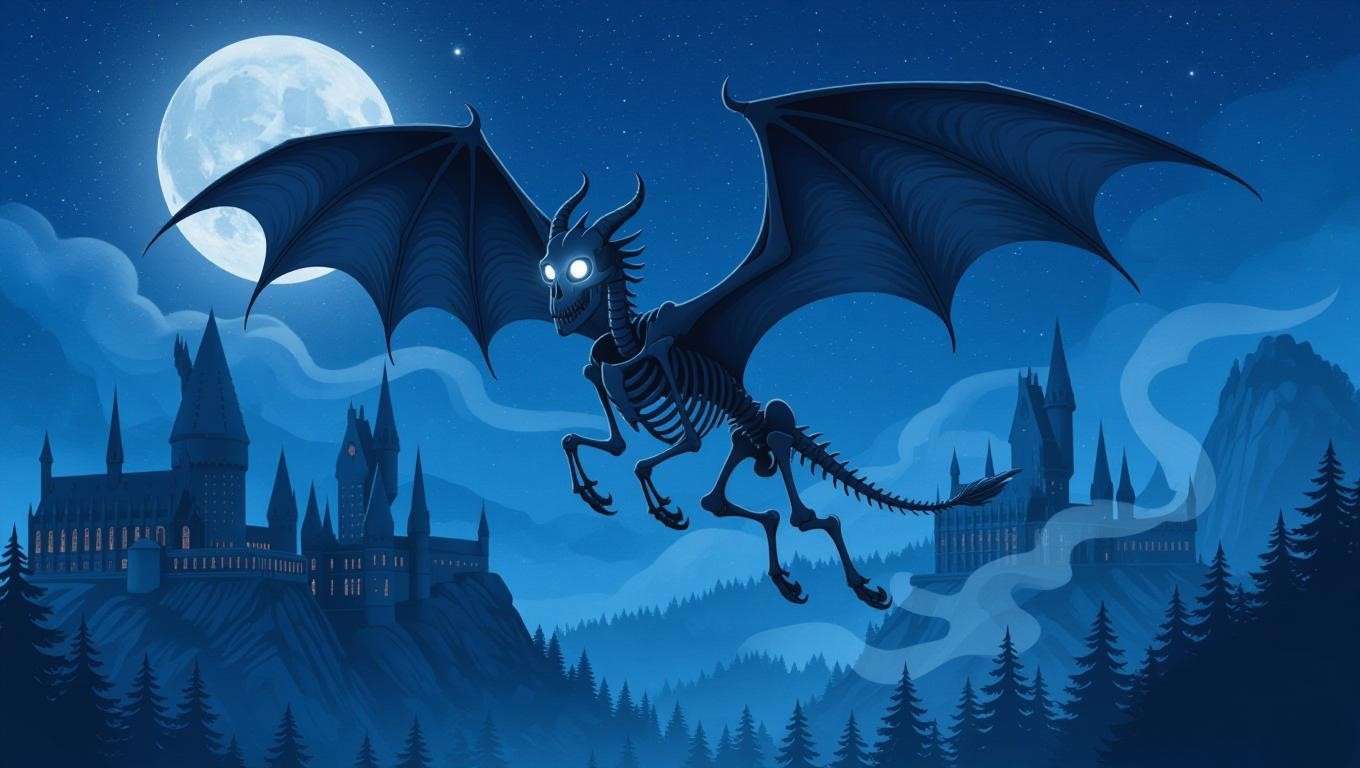
Magical Abilities
Thestrals fly swiftly and possess an uncanny sense of direction, navigating to any destination their rider envisions. Their invisibility to most adds a layer of mystique, tied to their association with death.
Hidden Secrets
Rowling has shared that Thestrals were inspired by death omens in folklore, reflecting her exploration of grief. Their misunderstood nature—often feared as bad omens—mirrors Luna Lovegood’s outsider perspective, deepening their symbolic resonance.
Narrative Impact
In Order of the Phoenix, Thestrals enable Harry and his friends to reach the Department of Mysteries, highlighting their role in moments of crisis. Their visibility to Harry after Cedric’s death underscores his emotional journey.
Expert Insight
Wizarding World notes, “Thestrals are not marks of ill omen, nor are they dangerous; they are merely a reflection of life’s inevitable losses” (Wizarding World, 2016).
4. House-Elf (Dobby)
Overview
House-Elves, exemplified by the brave and loyal Dobby, are small, humanoid creatures bound to serve wizarding families. Introduced in Harry Potter and the Chamber of Secrets, Dobby’s journey from enslavement to freedom captures the hearts of fans, making him a standout among creatures of magic.
Magical Abilities
House-Elves wield powerful wandless magic, capable of apparating within Hogwarts (where wizards cannot) and casting complex spells. Their loyalty-driven strength, as seen in Dobby’s defiance of the Malfoys, underscores their underestimated power.
Hidden Secrets
Rowling uses House-Elves to explore themes of servitude and autonomy, drawing parallels to historical injustices. In Fantastic Beasts and Where to Find Them, they’re noted as “magically bound to obey,” yet Dobby’s rebellion hints at their potential for independence. Their origins remain mysterious, with fan theories on X suggesting ancient magical contracts.
Narrative Impact
Dobby’s actions—warning Harry of the Chamber’s opening, freeing him from the Malfoys, and ultimately sacrificing himself in Deathly Hallows—are pivotal. His death is a tear-jerking moment, cementing his status as a beloved creature of magic.
Fan Tip
Honor Dobby’s legacy by supporting fan-driven charity initiatives, like those on X that raise funds for freedom-themed causes, echoing his quest for liberation.
5. Niffler
Overview
The Niffler, a mischievous, platypus-like creature, steals the spotlight in Fantastic Beasts and Where to Find Them. With a penchant for shiny objects, this burrowing beast is both adorable and chaotic, endearing itself to fans.

Magical Abilities
Nifflers have an uncanny ability to sniff out gold, jewels, and other treasures, storing them in their expandable pouches. Their burrowing skills make them adept at navigating tight spaces, as seen in Newt Scamander’s suitcase.
Hidden Secrets
In the wizarding world, Nifflers are both a boon and a bane—treasure hunters prize them, but their knack for chaos can disrupt magical economies. Rowling hints in Fantastic Beasts that they’re linked to black-market trade, adding a layer of intrigue to their cuddly exterior.
Narrative Impact
In Fantastic Beasts, the Niffler’s escapades in a Muggle bank drive the plot, providing comic relief while showcasing Newt’s expertise as a magizoologist. Its popularity has soared, with fans creating Niffler-inspired merchandise and fan art.
Fun Fact
Nifflers trend heavily on X, with fans sharing memes of their “shiny” obsession, making them a social media darling among creatures of magic.
6. Basilisk
Overview
The Basilisk, a monstrous serpent from Harry Potter and the Chamber of Secrets, is a terrifying creature of magic born from a chicken egg hatched under a toad. Known as the King of Serpents, it lurks in Hogwarts’ Chamber of Secrets, embodying dark magic.
Magical Abilities
Its gaze kills instantly, or petrifies if seen indirectly (e.g., through a mirror). Its venom is deadly, only countered by Phoenix tears, and its massive size and strength make it a formidable foe.
Hidden Secrets
Rowling ties the Basilisk to Salazar Slytherin, whose Parseltongue ability controlled it. Its origins in medieval alchemy (where it symbolized destruction) add depth, and fan discussions on X speculate about other Basilisks in the wizarding world.
Narrative Impact
The Basilisk’s rampage in Chamber of Secrets drives the mystery of the Heir of Slytherin, testing Harry’s courage as he slays it with the Sword of Gryffindor. Its presence underscores the dangers of dark magic.
Expert Insight
Rowling notes in Fantastic Beasts, “The Basilisk’s creation is illegal, and its existence is a closely guarded secret,” highlighting its rarity and terror (Rowling, 2001).
7. Dragon (Norwegian Ridgeback, Hungarian Horntail)
Overview
Dragons, majestic and fearsome, appear throughout the Harry Potter series, from Hagrid’s Norwegian Ridgeback (Norbert) in Philosopher’s Stone to the Hungarian Horntail in Goblet of Fire. These creatures of magic symbolize raw power.

Magical Abilities
Dragons breathe fire, fly with immense wings, and are nearly impervious to spells. Each breed, like the Horntail’s spiked tail or the Ridgeback’s venomous bite, has unique traits, as detailed in Fantastic Beasts.
Hidden Secrets
Rowling’s dragons draw from European mythology but are grounded in wizarding conservation efforts. Dragon reserves, like the one in Romania, protect these endangered beasts, hinting at ethical debates in the wizarding world.
Narrative Impact
Norbert’s hatching teaches Harry and friends about Hagrid’s recklessness, while the Horntail’s challenge in the Triwizard Tournament showcases Harry’s bravery. Dragons add spectacle and danger to the series.
Fan Tip
Spot dragon references in Hogwarts Legacy or at Universal Studios’ Diagon Alley, where the Ukrainian Ironbelly breathes fire, delighting fans.
8. Acromantula (Aragog)
Overview
Aragog, the giant spider from Harry Potter and the Chamber of Secrets, rules a colony in the Forbidden Forest. This terrifying creature of magic, raised by Hagrid, blends intelligence with menace.
Magical Abilities
Acromantulas speak, possess venomous bites, and grow to massive sizes. Their webs are strong enough to trap humans, making them formidable predators.
Hidden Secrets
Rowling’s arachnophobia inspired Aragog, whose name echoes “arachnid.” In Fantastic Beasts, Acromantulas are noted for their illegal trade in venom, tying them to the wizarding underworld. Fans on X debate Aragog’s misunderstood loyalty to Hagrid.
Narrative Impact
Aragog’s colony threatens Harry and Ron in Chamber of Secrets, but his information about the Chamber clears Hagrid’s name. His death in Half-Blood Prince marks a turning point for Hagrid.
Expert Insight
Rowling writes, “Acromantulas are highly intelligent but fiercely territorial,” explaining their dual nature as both ally and threat (Rowling, 2001).
9. Bowtruckle
Overview
The Bowtruckle, a tiny, twig-like creature from Fantastic Beasts and Where to Find Them, guards wand-wood trees. Newt Scamander’s companion, Pickett, showcases their charm among creatures of magic.
Magical Abilities
Bowtruckles blend into trees with camouflage and use their sharp fingers to pick locks or defend their homes. Their small size belies their utility in wand-making.
Hidden Secrets
Rowling notes that Bowtruckles are tied to wandlore, as their trees (e.g., hawthorn) are harvested for wands. Their symbiotic relationship with magical ecosystems highlights the wizarding world’s balance.
Narrative Impact
Pickett’s lock-picking aids Newt’s escapes in Fantastic Beasts, adding whimsy to the series. Their understated role makes them a fan favorite for younger audiences.
Fun Fact
Bowtruckles have surged in popularity, with fans creating plush toys and Etsy crafts inspired by Pickett’s adorable design.
10. Dementor
Overview
Dementors, cloaked creatures of magic from Harry Potter and the Prisoner of Azkaban, embody despair, feeding on happiness and performing the Dementor’s Kiss to steal souls. They guard Azkaban, chilling all who encounter them.
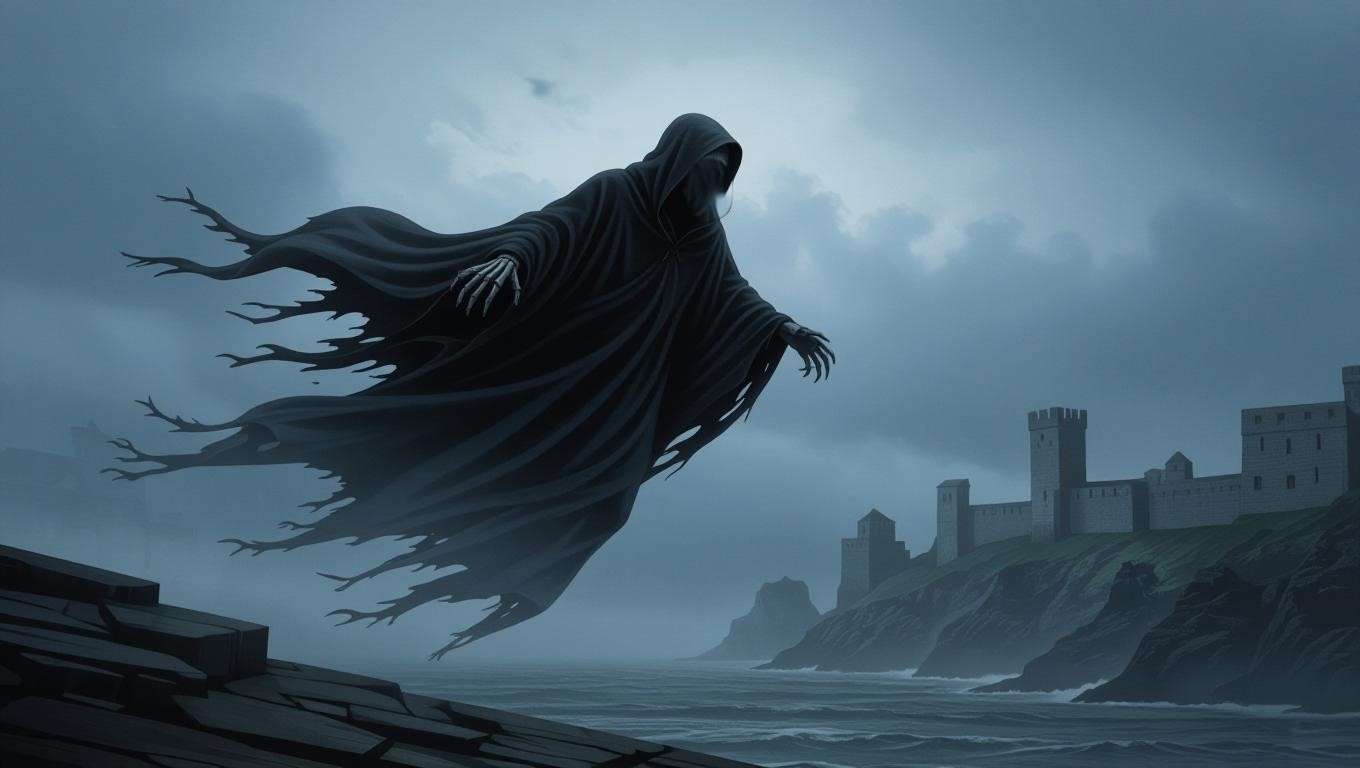
Magical Abilities
Dementors induce fear and depression, drain joy, and fly silently. Only a Patronus Charm repels them, as Harry learns with his stag Patronus.
Hidden Secrets
Rowling has revealed that Dementors symbolize her struggles with depression, making them deeply personal. Their origins as magical manifestations of despair add philosophical weight, with fans on X discussing their psychological impact.
Narrative Impact
Dementors drive Harry’s arc in Prisoner of Azkaban, teaching him to conjure a Patronus and confront his fears. Their alliance with Voldemort in later books heightens their menace.
Expert Insight
Rowling stated in a 2000 interview, “Dementors are what depression feels like—a complete absence of hope,” grounding their terror in real emotion (Rowling, 2000).
The Broader Impact of Creatures of Magic
Magical Creatures in Wizarding Society
Creatures of magic shape wizarding culture, from Hogwarts’ Care of Magical Creatures classes to Ministry regulations. The Department for the Regulation and Control of Magical Creatures classifies beasts (e.g., XXXX for Phoenixes), balancing conservation and safety. House-Elves raise ethical questions, while Dragons fuel black-market trades, reflecting the wizarding world’s complexities.
Lessons for Fans
These creatures teach universal lessons: the Phoenix’s rebirth inspires resilience, the Hippogriff’s pride demands respect, and Dobby’s sacrifice highlights courage. Fans learn to value coexistence and empathy, themes that resonate beyond the books.
Real-World Connections
The conservation of Dragons mirrors real-world efforts to protect endangered species, while House-Elf enslavement prompts discussions of social justice. These parallels make creatures of magic relevant to modern readers, encouraging ethical reflection.
How to Explore Creatures of Magic Beyond the Books
In the Movies and Games
The Harry Potter films and Fantastic Beasts series bring creatures of magic to vivid life. The Basilisk’s menacing slither in Chamber of Secrets and the Niffler’s chaotic charm in Fantastic Beasts captivate audiences with stunning visuals. In Hogwarts Legacy, players encounter creatures like Thestrals and Bowtruckles in interactive quests, deepening immersion. These adaptations expand the creatures’ lore, offering fans new perspectives on their favorite magical beings.
At Wizarding World Attractions
Universal Studios’ Wizarding World of Harry Potter offers immersive experiences with creatures of magic. At Diagon Alley, the Ukrainian Ironbelly atop Gringotts breathes fire, thrilling visitors. Hagrid’s Magical Creatures Motorbike Adventure lets fans soar with Buckbeak and dodge Acromantulas. These attractions bring the wizarding world’s beasts to life, making them accessible to fans worldwide.
Fan Communities and Resources
Fans can dive deeper into creatures of magic through vibrant communities. On X, Potterheads share theories, like the symbolic meaning of Thestrals or Dobby’s impact on wizarding ethics. Official resources like Wizarding World (formerly Pottermore) offer exclusive creature profiles, while Fantastic Beasts and Where to Find Them (textbook) provides detailed lore. Fan art and fan fiction on platforms like DeviantArt or Archive of Our Own further celebrate these creatures.
Fan Tip
Create creature-inspired fan fiction or cosplay to engage with the fandom. For example, craft a Bowtruckle accessory using green wire and leaves, or write a story exploring a Niffler’s treasure hunt, and share it on X to connect with other fans.
Frequently Asked Questions (FAQs)
What is the most powerful creature of magic in Harry Potter?
Power varies by context: the Basilisk’s deadly gaze makes it a lethal threat, but the Phoenix’s healing and rebirth abilities are unparalleled. Canon evidence suggests the Phoenix’s versatility—used in wand cores and capable of carrying immense loads—gives it an edge, as seen in Chamber of Secrets when Fawkes defeats the Basilisk.
Are all creatures of magic dangerous?
No, creatures range from harmless to deadly. Bowtruckles are peaceful guardians, while Dementors pose existential threats. Fantastic Beasts and Where to Find Them classifies creatures by danger level (e.g., X for harmless, XXXXX for deadly), showing the spectrum of magical beings.
How did J.K. Rowling create these creatures?
Rowling drew from global mythologies—Phoenixes from Egyptian lore, Dragons from European legends—and her personal experiences, like Dementors inspired by depression. Interviews and Pottermore reveal her meticulous research, blending folklore with original twists to craft authentic creatures of magic.
Can Muggle-borns interact with magical creatures?
Yes, Muggle-borns like Hermione interact with creatures like Hippogriffs and House-Elves at Hogwarts. Hagrid’s classes ensure all students learn to handle magical beasts, emphasizing inclusivity in the wizarding world.
Where can I learn more about creatures of magic?
Start with Fantastic Beasts and Where to Find Them (textbook) for detailed profiles. Wizarding World’s digital archives offer exclusive insights, while X communities provide fan-driven discussions. Visiting Universal Studios’ attractions or playing Hogwarts Legacy also enriches understanding.
The creatures of magic in Harry Potter—from the radiant Phoenix to the chilling Dementor—are more than fantastical beings; they’re the soul of J.K. Rowling’s wizarding world, weaving themes of courage, loyalty, and loss into the narrative. This exploration of the top 10 magical creatures reveals their hidden secrets, from the Basilisk’s dark origins to Dobby’s heroic sacrifice, offering fans a deeper appreciation of their roles. Grounded in Rowling’s books, Fantastic Beasts, and Wizarding World insights, this guide celebrates the enchantment these creatures bring. Revisit the books, watch the films, or join X discussions to share your favorite creature—perhaps the mischievous Niffler or the noble Hippogriff—and keep the magic alive. What’s your favorite creature of magic? Share in the comments or on X to connect with fellow Potterheads!

